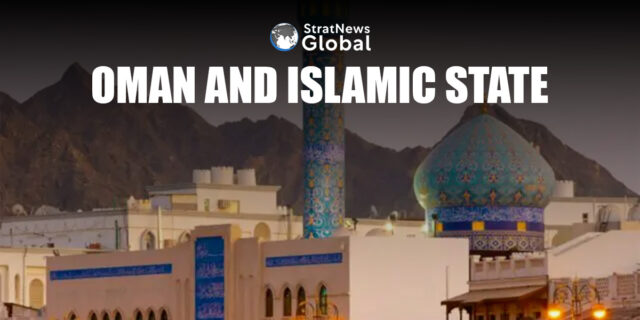Peaceful Oman experienced a trial by fire on Tuesday when three Islamic State jihadis targeted Shia worshippers at a mosque in Muscat. Had they instead targeted either of two Hindu temples or gurudwaras or even churches, the toll may have gone higher than the five innocents killed (one Indian, four Pakistanis).
The Islamic State (IS) is known to target Shias, killing hundreds in massacres stretching from Iraq to Afghanistan and Pakistan. But the Muscat strike may have had something more to it.
“Oman is a Muslim majority country but the population largely comprises Ibadis, a branch of Islam that emerged after the death of Prophet Mohammad,” says Mahesh Sachdev, former diplomat who handled key West Asia assignments including Saudi Arabia and the Gulf Cooperation Council (where Oman is a member).
“The Ibadis occupy the middle ground between Sunni Islam and Shia Islam. They are generally seen as moderate, have no use for extremism and the IS despises them,” he said.
Does that explain the mosque attack? Scholars speculate that the IS may be hoping to gain a foothold through acts of violence targeting Shias (and in time probably other religious groups).
That the mosque attack happened on Ashura, during the holy month of Muharram, could be seen as challenging Iran, the dominant Shia power in the Gulf, and inciting IS followers to more acts of violence.
Where could the militants have come from? Where did they get their weapons given strict curbs on their sale in Oman?
The map of Oman provides clues. Journalist Atul Aneja, who covered the Gulf states as correspondent of The Hindu in Bahrain, believes the civil war raging in Yemen to Oman’s south, may have created ideal conditions for armed groups to cross over through a porous, nearly 300-km long border.
Mahesh Sachdev points to an interesting link. While the mosque attackers were from the Islamic State, many who made up its ranks were originally from Al Qaeda, created by the late Osama bin Laden who was of Yemeni origin (his father was from Yemen who settled in Saudi Arabia).
Scholars speculate about another Saudi link here. The Al-Rashid tribe which inhabits the Ha’il region in northern Saudi Arabia, once ruled the desert kingdom until dethroned by the Al Saud family in 1902.
Those rivalries and resentments still remain and the IS, according to various reports, tapped into the Al Rashid network for support. Incidentally, the Al Rashid network spreads all the way up to Iraq and Turkey.
There was a time when Saudi Arabia sent the second largest number of fighters to the IS, 2,500 of them. Millions of dollars were funneled through Saudi charities to the IS, until at some point the Saudis realized that the IS goal was to end their rule for good and decided to choke off support.
“Could the mosque attack be the harbinger of more such attacks, in Oman or other Gulf states,” asks Sachdev. “It’s hard to say but it seems that the IS is keen on rebuilding its strength. Look at the number of attacks this year alone.”
In January, it set off two blasts that killed more than 100 people in the city of Kerman, south-east Iran; in March this year, four ethnic Tajiks killed 140 people at the Crocus City Hall outside Moscow; and last month, in a bloody assault lauded by the Islamic State, 20 people were killed as gunmen attacked a church and a synagogue in the Russian republic of Dagestan.
The IS may be regrouping, rearming and possibly seeking new safe havens. Oman could be a warning of what is to come.
Thirty eight years in journalism, widely travelled, history buff with a preference for Old Monk Rum. Current interest/focus spans China, Technology and Trade. Recent reads: Steven Colls Directorate S and Alexander Frater's Chasing the Monsoon. Netflix/Prime video junkie. Loves animal videos on Facebook. Reluctant tweeter.





